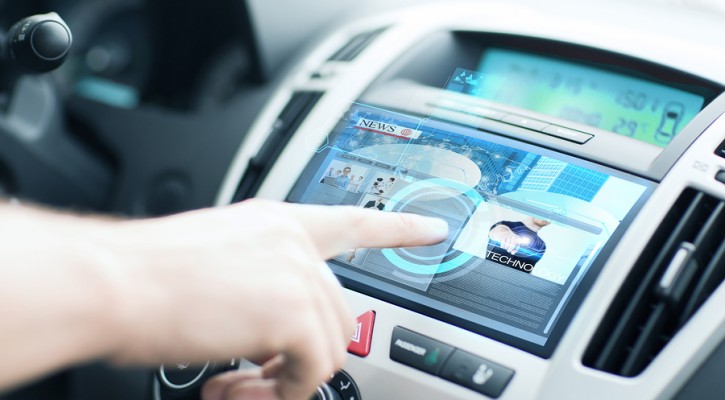
Drivers Prefer Collision Avoidance Over Wireless Technologies
April 29, 2015
A study published last week By J.D. Power shows that consumers prefer collision avoidance technology over wireless connectivity in their automobiles. At a time when auto manufacturers seem to be rushing to add more and more distracting wireless technologies to their new vehicles, this study comes as a welcome bit of news to driving safety advocates.
The J.D. Power 2015 U.S. Tech Choice Study showed that the top three out of five technologies consumers wanted in their next vehicle are collision avoidance technologies. The top three choices are:
- Blind spot detection and prevention systems,
- Night vision, and
- Enhanced collision mitigation systems.
According to J.D. Power, consumers are showing more acceptance of self-driving vehicles and the top three technologies that consumers prefer are the building blocks for eventual fully autonomous vehicles.
The study showed that the last two preferences on the top five are camera rearview mirrors, a driver assistance aid, and self-healing paint which falls into the “comfort and convenience category.”
Choices between operating systems and wireless carriers are one of the reasons consumers felt less inclined to prefer wireless technologies in new vehicles. Consumers are loyal to either Android or Apple operating systems and their wireless carrier. Consumers are wary about having the automaker choose an operating system for them and, until automakers solve the problem of a one size fits all system, wireless will remain a low priority.
Consumers also showed little enthusiasm for “advanced sensor technologies, such as hand gesture controlled seats, biometric driver sensors, or haptic touch screens.”
Read more: Consumer Preference for Collision Protection Technologies Paves the Way for Autonomous Driving
